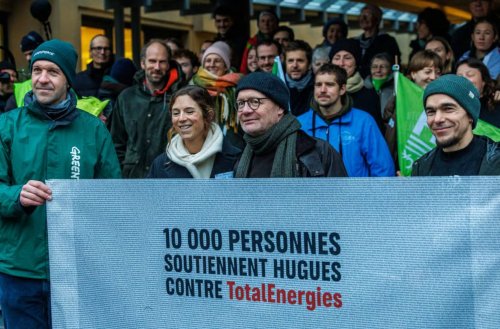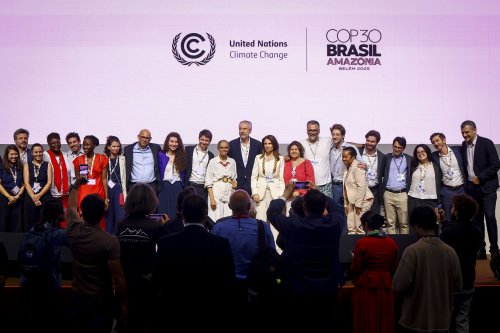Climate change is prompting scientists to search for new plant species that are promising for commercial use in Ukraine. Among others, the M. M. Hryshko National Botanical Garden is acclimatizing azimina. Not only native American varieties grow here, but also those bred on our soil.
According to the fruit plant acclimatization department of the National Botanical Garden, the most promising varieties have been selected for further work.
Decorative and vitamin value
The tree is deciduous, but before new leaves appear, it blooms with purple flowers with a burgundy tint and a delicate chocolate aroma.

Photo: Department of Fruit Plant Acclimatization, M. M. Hryshko National Botanical Garden of the National Academy of Sciences of Ukraine
"The fruit pulp contains a lot of protein, magnesium, potassium, vitamins A, C, and B, as well as powerful antioxidants. Due to its unique composition, the plant is called the 'tropical banana of the north,'" said Olga Grigorieva, senior researcher at the Hryshko National Botanical Garden.
Use
Like classic fruit plants for our climate, azimina can be used as a base for jams and preserves. Scientists note that it can also be used to make sauces and even kvass.
In America, where asimina is native, the fruit of the plant is also used to make beverages. In particular, in the US, they make craft beer called Pawpaw Beer and a non-alcoholic beverage called Ale-8-One.

Photo: Department of Fruit Plant Acclimatization, M. M. Hryshko National Botanical Garden of the National Academy of Sciences of Ukraine
Earlier, EcoPolitic reported that Ukraine had begun mass cultivation of miscanthus, a grassy plant that can replace certain types of fuel.





